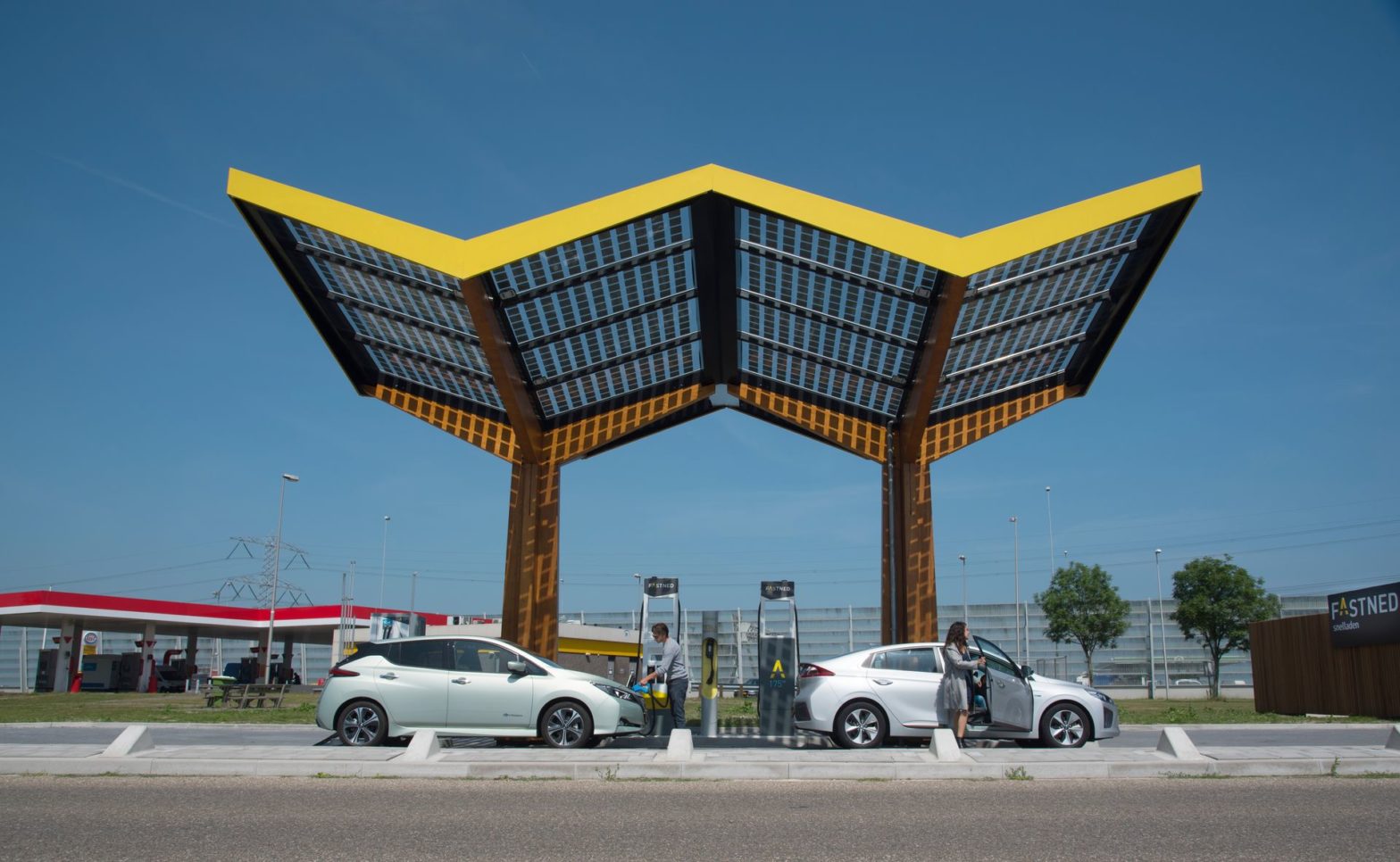If BEV charging really an issue?
One often reads statements by ICE drivers that they will not buy a BEV until it can be charged as fast as ICE cars can be filled with gasoline; they often state a 5-minutes target fill time. I do not recall ever spending only 5 minutes at a gasoline station. I estimate 15 minutes as the minimum time I used to be at a gasoline station, and it was usually longer. I stop my Tesla Model 3 Long Range on long trips for personal reasons more often than needed to charge car. Tesla navigation on the screen tells me how long to charge at each Supercharger to minimize travel time; I often charge longer than that for personal reasons.
It is a fact that fast-charging (kW) a BEV battery is not at a constant speed as is the case for filling an ICE gasoline tank. In this document I examine the filling rate for fast charging of a BEV.
Consider three BEVS with maximum charge rate of 120 kW, 250 kW and 350 kW with batteries of the same battery chemistry and, therefore the same shape of the charging-power curve. If the 120-kW BEV is the Tesla Model 3 Long Range BEV (TM3LR) with about 75-kWh usable battery capacity, the power-proportional usable battery capacities for the other two cars would be about 155 kWh and 220 kWh. (I use 250 kW power because Tesla has indicated that will be the maximum power for near-future Superchargers. I use 350 kW because Electrify America is starting to install some stations with that maximum power.)
Using the mathematical formula for charging power in my previous study for charging the TM3LR using a Tesla Supercharger and TM3LR charging-power data I get the following approximate charging curves for the three BEVs:
 The two higher kWh BEVs probably would not have as high efficiency as the 75-kWh BEV. The batteries would weigh more and the cars would be larger.Assume the following realistic efficiencies:
The two higher kWh BEVs probably would not have as high efficiency as the 75-kWh BEV. The batteries would weigh more and the cars would be larger.Assume the following realistic efficiencies:
- BEV kWh 75 155 220
- Miles/kWh 4 3 2.5
The corresponding three curves for miles gained versus charging time using a Supercharger are:
 The vertical line is about the half-way the time to full.
The vertical line is about the half-way the time to full.
Note that a 75-kWh BEV with 4 miles/kWh efficiency would get about 150 miles added in twenty minutes. As the three curves show, when driving a BEV on a long trip it is not wise to fill the battery to near full; that should be done overnight at home or a hotel. Of course, the level-2 charging stations power at those locations will range from 6 kW to 19 kW, which have much longer level power curves, but the curves do tail off before reaching full. A constant 10 kW would take about 7.5 hours to fill the 75-kWh battery from empty to full, about 15.5 hours to fill the 155-kWh battery from empty to full and about 22 hours to fill the 220-kwh battery from empty to full.
It is not wise to charge from a high state of charge (SOC) to near full on a long trip because the average charging power is much lower than when starting at a low SOC. Here is such a Supercharging curve for the TM3LR starting charging at 68% SOC:
 In the future, there may be new battery chemistry that possibly include super-capacitors for BEVs that charge much faster or without tailing off as quickly as shown below:
In the future, there may be new battery chemistry that possibly include super-capacitors for BEVs that charge much faster or without tailing off as quickly as shown below:

This article originally appeared on Inside EVs.
